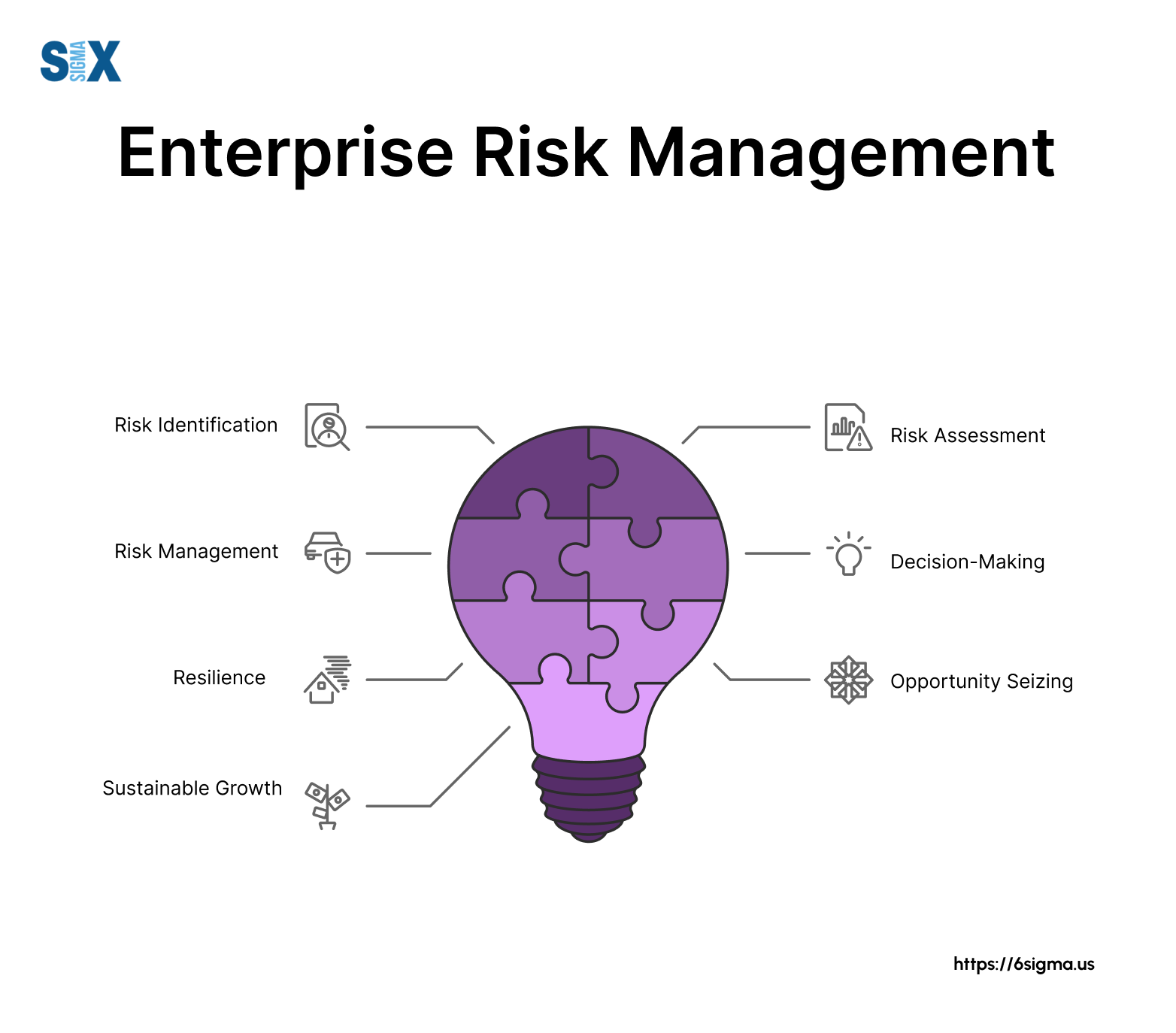Unlocking the Real Importance of Risk Management for Continuous Growth
Unlocking the Real Importance of Risk Management for Continuous Growth
Blog Article
Discovering the Significance of Risk Management for Effective Decision-Making Techniques
In the intricate globe of organization, Risk Management emerges as a vital variable in the decision-making process. The capacity to identify prospective hazards and opportunities, and strategize appropriately, can lead to the difference between success and failing. With devices such as SWOT and PESTEL, organizations are geared up to make informed options, promoting strength and versatility in an ever-changing environment. Wondering how this functions? Allow's unload the dynamics better.
Understanding the Principle of Risk Management
Risk Management, a critical component in decision-making, is commonly misconstrued or oversimplified. Normally, it refers to the identification, evaluation, and prioritization of dangers to reduce, keep an eye on, and regulate the likelihood or influence of regrettable events. It's not simply about preventing adverse results, however likewise about identifying possible chances. Risk Management involves self-displined and organized approaches, utilizing information and insightful assessments. It needs a thorough understanding of the company's context, objectives, and the possible dangers that can obstruct them. From financial unpredictabilities, legal responsibilities, strategic Management errors, to accidents and all-natural disasters, it addresses different risks. Importantly, reliable Risk Management is not stationary; it's a continuous, progressive process that evolves with transforming scenarios.
The Function of Risk Management in Decision-Making Processes
In the world of critical planning and service procedures, Risk Management plays an indispensable role in decision-making processes. It helps in recognizing prospective risks and unpredictabilities that can influence the accomplishment of organization purposes. By tracing these risks, business can develop approaches to mitigate their effect, making certain business continuity and stability. Risk Management hence comes to be an important device in decision-making, aiding leaders to make informed choices based upon an extensive understanding of the dangers included. It motivates a positive technique, making it possible for companies to anticipate and prepare for feasible future scenarios. This significantly reduces the likelihood of unfavorable repercussions, promoting a lot more efficient and reliable decision-making methods. Risk Management serves as an essential element in the decision-making processes of any company.

Just How Risk Management Boosts Strategic Preparation
In the context of tactical preparation, Risk Management plays a crucial function. Initiating with the recognition of prospective dangers, it additionally encompasses the execution of Risk mitigation procedures. The role of Risk Management is not static yet dynamic, as it demands constant tracking and adjusting of techniques.
Recognizing Prospective Risks

Implementing Risk Reduction
Risk reduction techniques can range from Risk evasion, Risk transfer, to risk decrease. Each method should be customized to the particular Risk, considering its potential effect and the company's Risk tolerance. Reliable Risk reduction requires a deep understanding of the Risk landscape and the possible impact of each Risk.
Monitoring and Readjusting Methods
Though Risk mitigation is an important step in tactical planning, continual surveillance and change of these methods is just as essential. It additionally supplies a chance to assess the success of the Risk Management procedures, allowing adjustments to be made where required, additional enhancing calculated planning. Monitoring and readjusting Risk Management approaches is an essential element for enhancing an organization's strength and calculated planning.
Situation Studies: Successful Risk Management and Decision-Making
On the planet of service and financing, effective Risk Management and decision-making often work as the columns of thriving business. One such entity is a multinational oil company that minimized monetary loss by hedging against fluctuating oil rates. In one more instance, a technology startup thrived by recognizing and approving high-risk, high-reward approaches in an unstable market. A global financial institution, confronted with regulative unpredictabilities, successfully browsed the circumstance through aggressive Risk analysis and dynamic decision-making. These cases highlight the worth of astute Risk Management in decision-making procedures. It is not the absence of Risk, however the Management of it, that typically distinguishes effective companies from not successful ones. These situations emphasize the important role of Risk Management in calculated decision-making. importance of risk management.
Devices and Techniques for Efficient Risk Management
These devices, such as see post Risk signs up and warm maps, aid in determining and examining possible threats. Risk action methods, a crucial element of Risk Management, entail approving, staying clear of, transferring, or mitigating dangers. With these techniques and devices, decision-makers can browse the complicated landscape of Risk Management, thus promoting educated and efficient decision-making.
Future Patterns in Risk Management and Decision-Making Methods
As we check out the substantial landscape of Risk Management, it comes to be obvious that the strategies and tools used today will certainly proceed to progress. The idea of Risk society, where every participant of a company is aware and included in Risk Management, will certainly gain much more importance. These fads herald a more proactive and inclusive strategy in the direction of Risk Management and i was reading this decision-making.
Conclusion
Risk Management therefore ends up being a vital tool in decision-making, aiding leaders to make educated options based on a comprehensive understanding of the threats included. Risk reduction methods can range from Risk evasion, Risk transfer, to take the chance of decrease (importance of risk management). Efficient Risk reduction needs a deep understanding of the Risk landscape and the possible effect of each Risk. Risk reaction strategies, a key element of Risk Management, include approving, avoiding, transferring, or mitigating threats. The concept of Risk culture, where every participant of an organization is mindful and entailed in Risk Management, will obtain a lot more prominence
Report this page